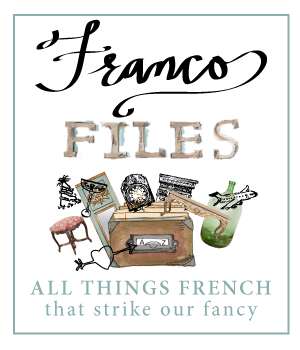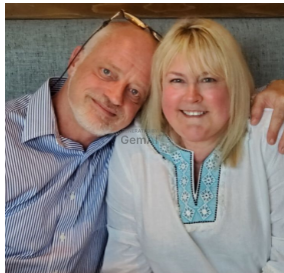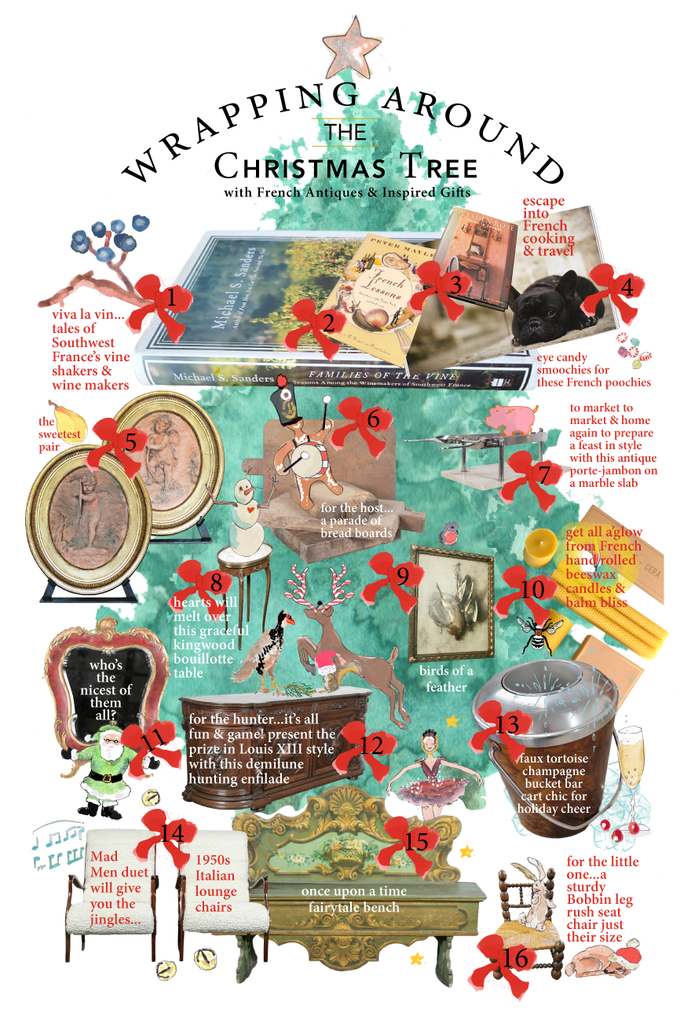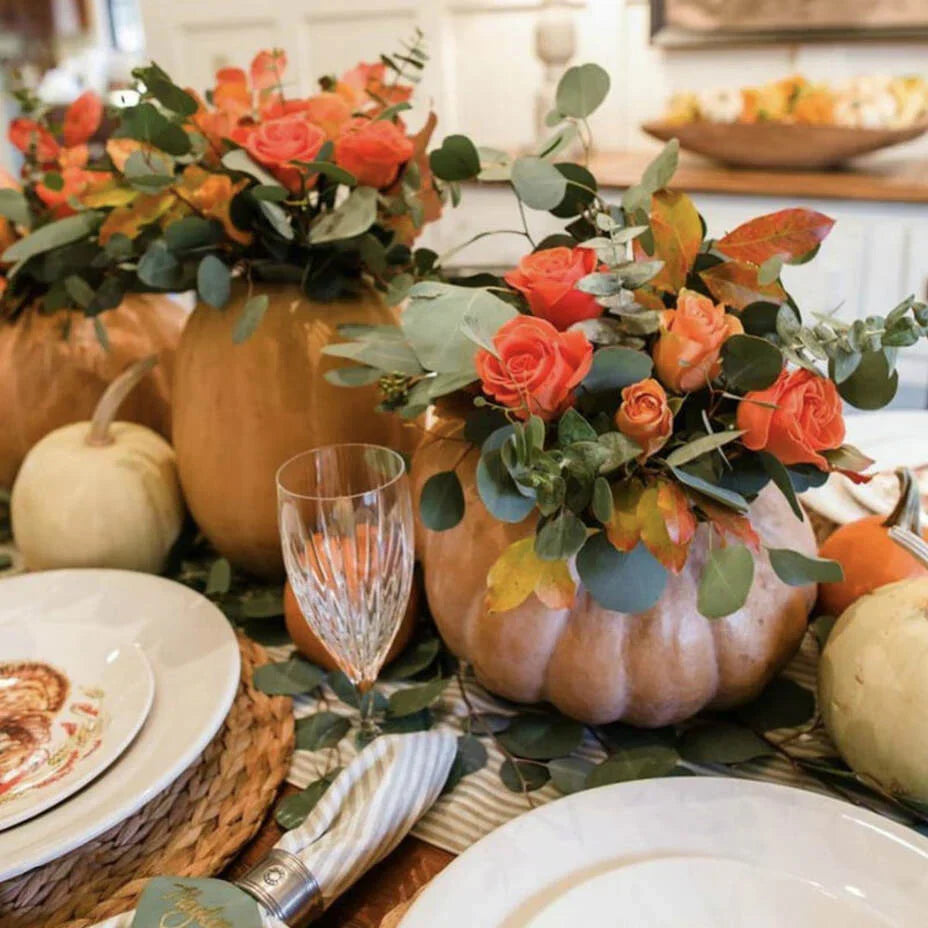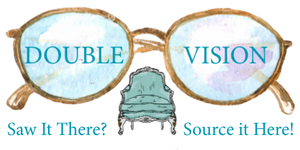
Let Them Drink Champagne: The History of the Coupe
A Toast to Royalty, Rumors, and Reinvention
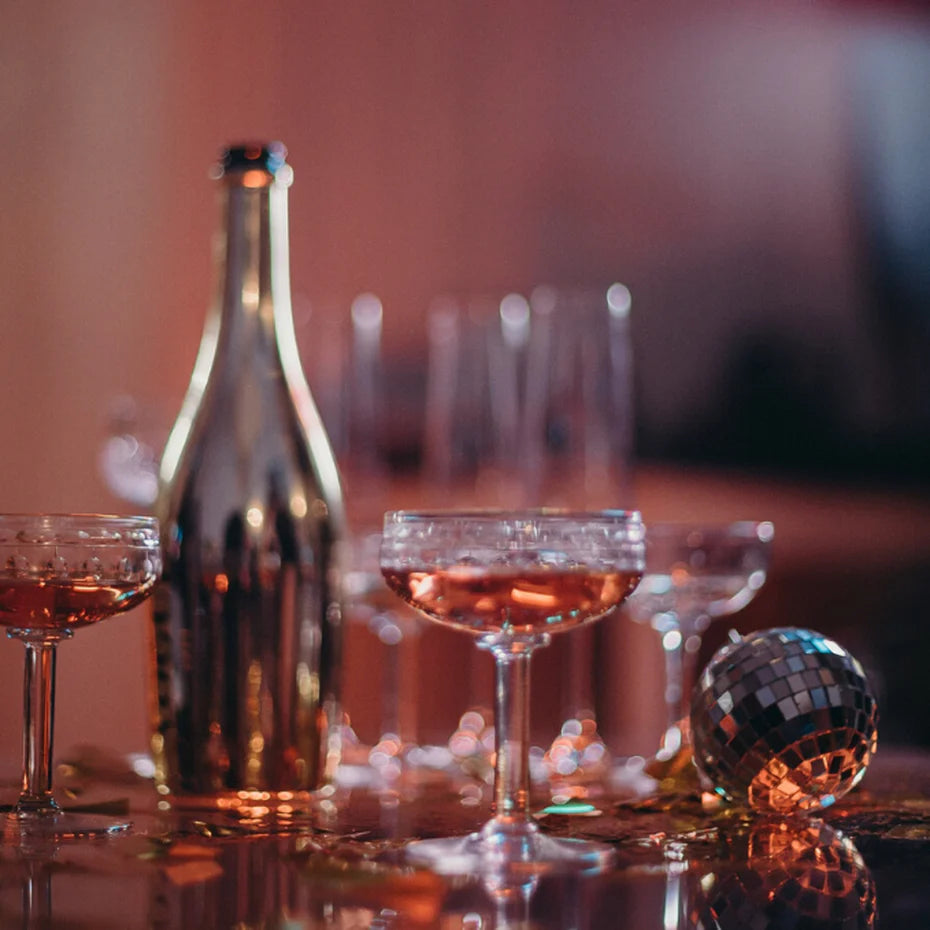
Raise a glass to the timeless allure of Champagne coupes — the iconic vessels of celebration since the 17th century.
Fit for a King (and a Prescription)
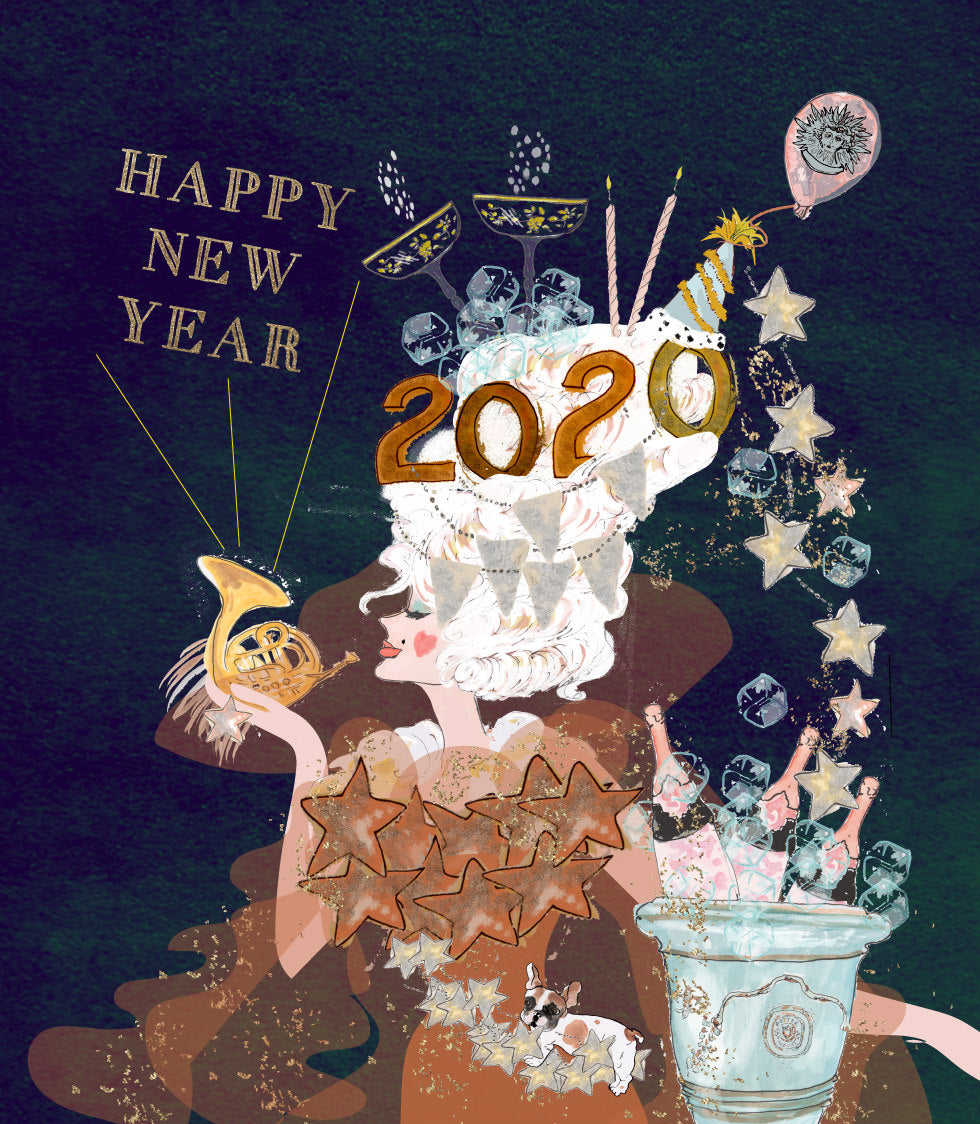
Let them drink Champagne! Marie rings in the New Year with coupes, curls, and corks a'pop — naturellement.
Marie Antoinette and the Myth of the Coupe
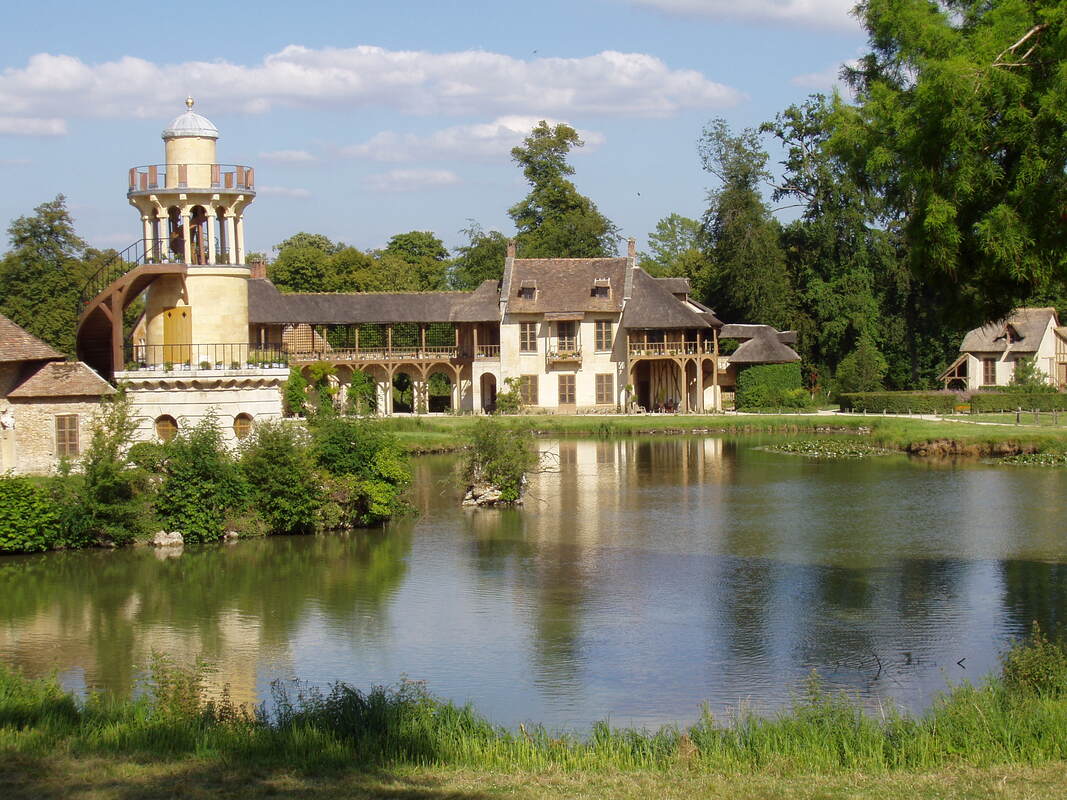
When you want to escape court life but keep the couture — Marie Antoinette’s countryside “farm,” complete with marble dairy — where royals played milkmaid and frolicked in silk and sunshine.
Debunking the Bubbles
Hollywood Glamour Meets the Coupe
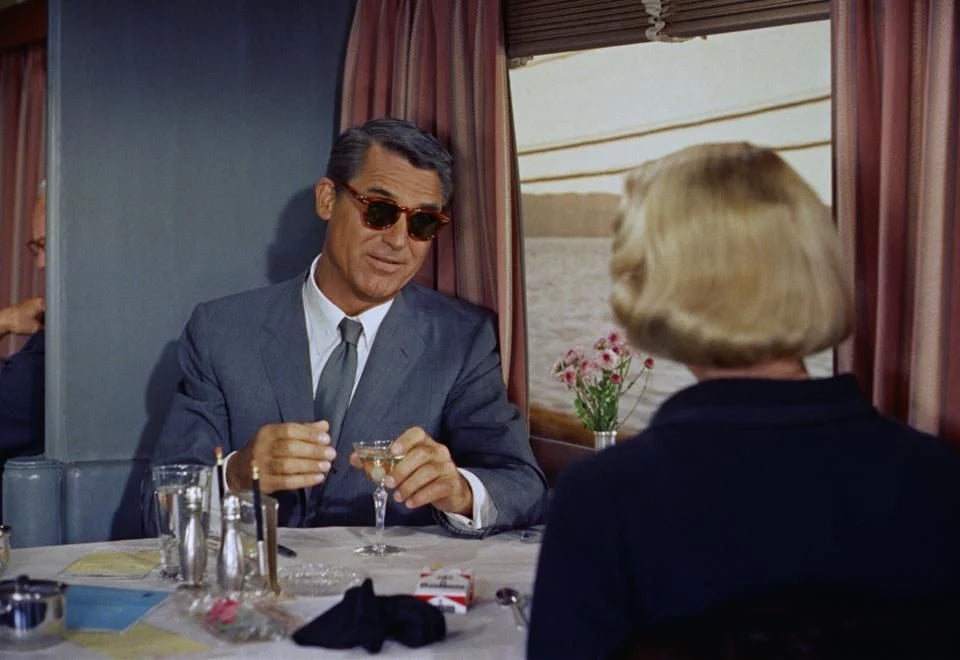
Coupe de Grâce — Cary Grant proves bubbly is best served with a side of espionage and savoir-faire. (Image Credit: North by Northwest, 1959)
A Modern Comeback
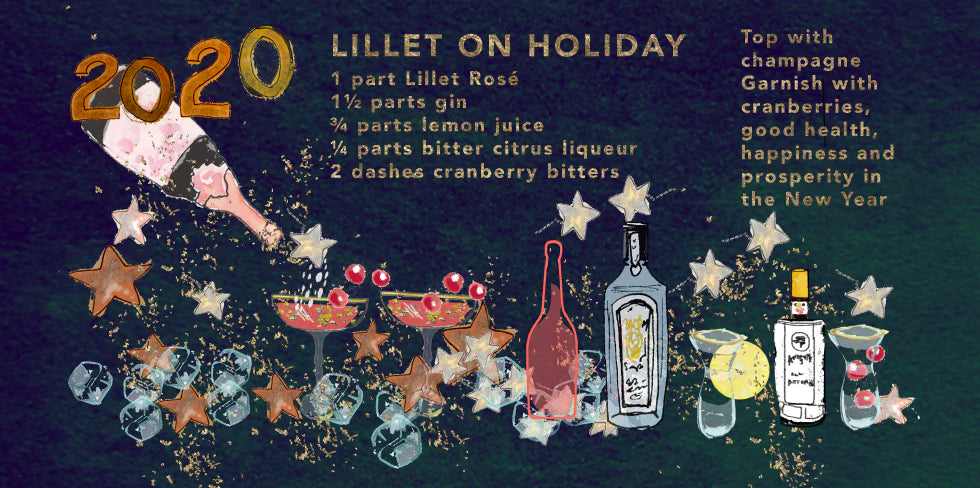
Bonne année!


Browse the Full Series
See all Word of the Week posts →
See all Word of the Week posts →

Browse the Full Series
See all Double Vision posts →
See all Double Vision posts →






